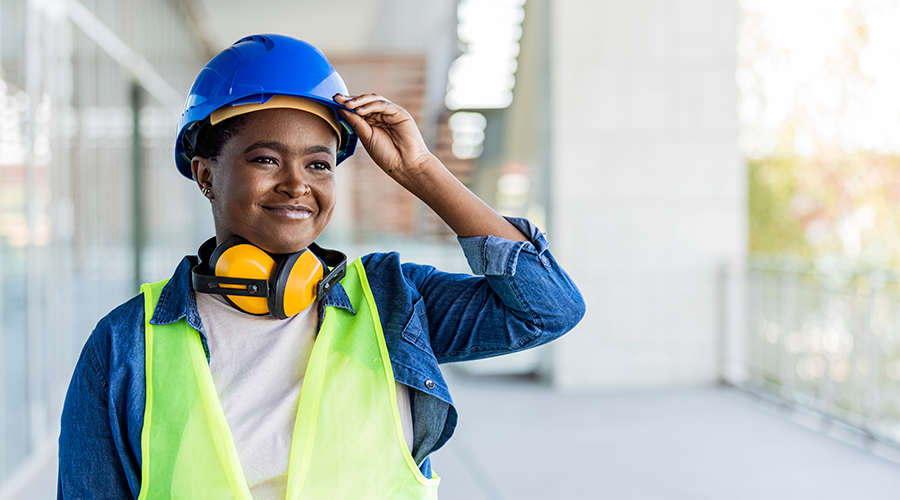One of the first things that gets offered to someone before they start a job in facilities is some type of personal protective equipment (PPE). Whether it be a safety vest, goggles, work gloves or boots, all these items serve the same purpose of keeping employees safe. For some women, however, the items provided don’t always serve their intended purposes. In fact, sometimes it causes harm.
Having PPE that doesn’t properly fit is a common problem that most women face. Safety vests are too big and they can get caught on edges, door handles, or even worse, machinery, potentially ripping it and causing harm to the employee.
“So we know that with PPE is the last line of defense on the hierarchy of needs,” says Amy Roosa, senior risk control specialist at Gallagher and CEO and founder of the Safety Rack. “Historically, PPE has been designed with men on the mind in the market. When a woman puts [PPE] on and it doesn’t fit, she becomes a walking hazard on the job site, not only to herself but also to other employees. If she is putting herself at risk and others at risk, employers need to be aware. It’s something that we should be elevating and the safety you filled.”
Not only is ill-fitting clothing a safety hazard, but it can also hinder job performance. The lack of pockets has long been a complaint in women’s clothing, but it is especially cumbersome when working in trades and equipment needs to be close to the person. Because of this, equipment can get misplaced or lost, potentially costing the facility more money when it comes to supplies.
“You could put a man’s safety vest and a woman’s safety vest side by side and the men’s would have more pockets,” Roosa says. “You take men’s work pants or women’s work pants, and a man’s would have more pockets and even deeper pockets than what a woman has. Thankfully, this is now changing because manufacturers are starting to see that women are doing the same work as men and that they will probably need the same amount of pockets for the job.”





